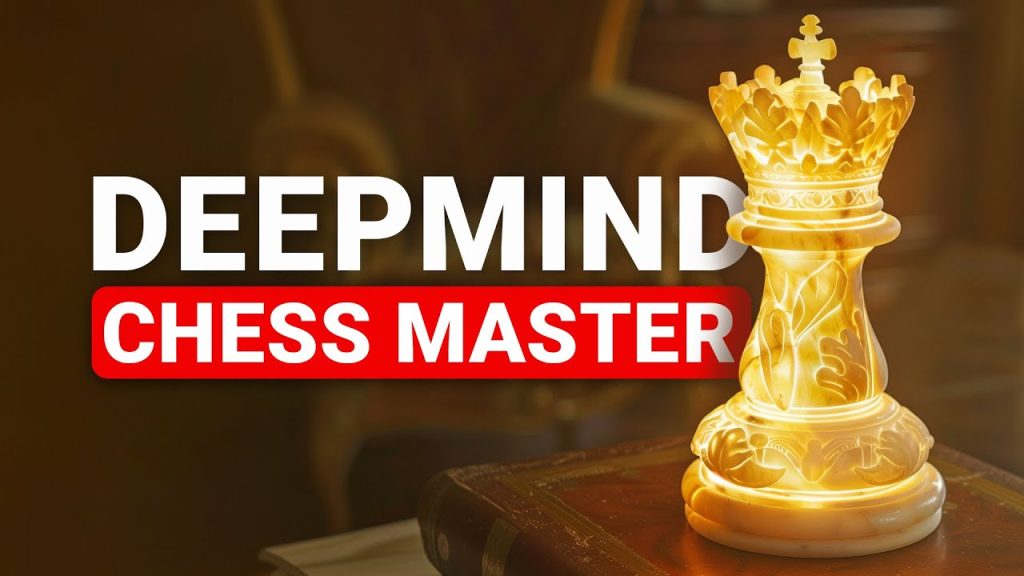Unlocking the Future: AI’s Game-Changing Moves in Chess

Welcome to a new era of artificial intelligence, where the rules of the game are being rewritten, not with the roll of the dice, but with cutting-edge technology. In the spotlight today is an AI that shatters the conventional way grandmasters play chess, tackling the game from angles previously unimagined.
This isn’t about merely mastering a game—it’s about revolutionizing how we approach problems and apply solutions. The story unfolds through a series of intriguing experiments, where AI abandons the traditional paths and charts a course that could redefine strategy in more realms than just chess. Stay tuned, as we dive into the mechanics of this fascinating development.
Revolutionizing Chess with AI: The Unconventional Approach
Imagine an AI that can play chess like a grandmaster, but here’s the kicker: it doesn’t learn the traditional way. No endless self-play, no complex forecasting of moves. It’s a full departure from the norm—baffling at first, right? What sparked this radical change?
Learning from the Elite Without Playing a Game
This new technique involves an AI learning directly from Stockfish, a top-notch chess engine. By studying 15 billion board states and the corresponding moves—not entire games—it has achieved grandmaster-level play.
What’s the result? Stunning. This AI could be among the world’s best players if it were human. And all this without playing a single game from start to finish. It’s truly groundbreaking.
Efficiency Redefined: Small Yet Mighty
Now, let’s talk size. This AI model is tiny, especially when you compare it to giants like GPT-4. It has 270 million parameters, which sounds a lot but is actually about 3,000 times smaller than GPT-4.
Despite its size, it’s super efficient. On a standard PC, it can deliver 20 moves per second. No fancy hardware needed. Even on a basic processor, it manages two moves per second. It could even run on your smartphone!
In chess? It’s much better than its massive counterparts. It’s not just about playing well; it’s about playing smart and fast.
Breaking Assumptions: A Strategic Shift
This AI works on a seemingly simple yet profound basis: it analyzes only the current board state and predicts the best single move likely to lead to victory.
It doesn’t concern itself with sequences of moves or entire matches. This unique approach challenges the conventional wisdom that more data and more processing equals better play.
Why this shift in strategy? It’s not about building the strongest chess engine, but about demonstrating how a neural network can master chess by observing and learning from a grandmaster’s moves.
Beyond Chess: Understanding and Creating Algorithms
Here’s where it gets even more interesting. This isn’t just about playing chess; it’s about learning to approximate algorithms.
Imagine an AI that can not only make moves but can also deduce the underlying strategies and algorithms, making it potentially applicable in various fields like self-driving tech or advanced computational operations.
Scientists are digging deeper into these neural networks, making strides toward understanding and using AI in revolutionary ways, potentially leading to AI-generated algorithms that are comprehensible and applicable in real-world scenarios.
In the world of chess and technology, witnessing an artificial intelligence that alters the fundamental approach to strategic thinking is nothing short of breathtaking. The AI’s ability to achieve grandmaster status without traditional methods showcases not only the possibilities within the game of chess but hints at broader implications for problem-solving in various sectors. This peek into the future opens the door to innovations that could transform multiple industries, all driven by the power of learning from existing greatness.





